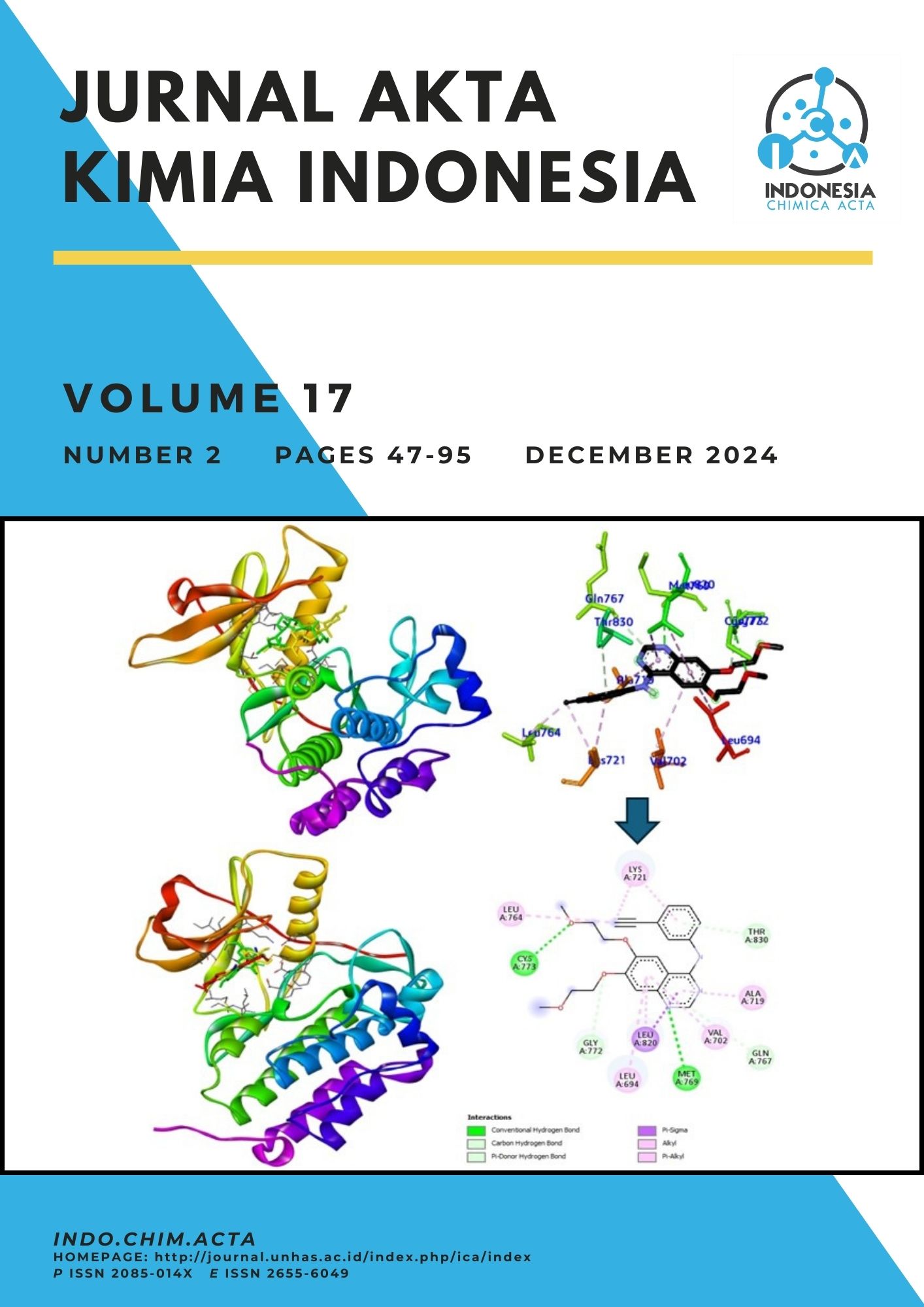Exploring the Role of HEPES Buffer in the Synthesis and Characterization of Lanthanide-Nucleotide Complexes
Abstract
Lanthanide-nucleotide complexes are of interest due to their unique luminescent properties and have potential applications in a wide range of fields from medical imaging to environmental sensing. Given the sensitive nature of biochemical reactions, the choice of reaction conditions including pH plays a crucial role in determining the synthesis yield. One of the buffering agents that has gained prominence in this synthetic methodology is HEPES (4-(2-hydroxyethyl)-1-piperazineethanesulfonic acid). This study investigates the role of HEPES buffer in maintaining stable pH conditions, which are critical for the successful formation of lanthanide-nucleotide complexes. Terbium complexes with adenosine triphosphate ligands have been successfully synthesized with a maximum reaction time of 60 minutes. The complex was characterized using a UV-Vis spectrophotometer where the absorption peak at a wavelength of 257.5 nm indicates the occurrence of π-π* electron transitions. There is an absorption band at a wavelength of 349 cm-1 in the TbATP complex using an FT-IR spectrophotometer, this can be associated with the vibration of the Tb-N bond, which confirms the formation of a terbium complex with adenosine triphosphate. A sharp infrared absorption band at a wavelength of 630 cm-1 indicates the presence of vibrations of the O-H bond bound to the terbium ion, namely the formation of a Tb-OH complex bond, indicating that the phosphate group in ATP is involved in the formation of the complex.
Authors
Copyright (c) 2024 santi santi, Amirah, Nabila Putri Salsabila

This work is licensed under a Creative Commons Attribution-ShareAlike 4.0 International License.
This is an open access journal which means that all contents is freely available without charge to the user or his/her institution. Users are allowed to read, download, copy, distribute, print, search, or link to the full texts of the articles in this journal without asking prior permission from the publisher or the author.
Jurnal Akta Kimia Indonesia (Indonesia Chimica Acta) operates a CC BY-SA 4.0 © license for journal papers. Copyright remains with the author, but Jurnal Akta Kimia Indonesia (Indonesia Chimica Acta) is licensed to publish the paper, and the author agrees to make the article available with the CC BY-SA 4.0 license. Reproduction as another journal article in whole or in part would be plagiarism. Jurnal Akta Kimia Indonesia (Indonesia Chimica Acta) reserves all rights except those granted in this copyright notice.

